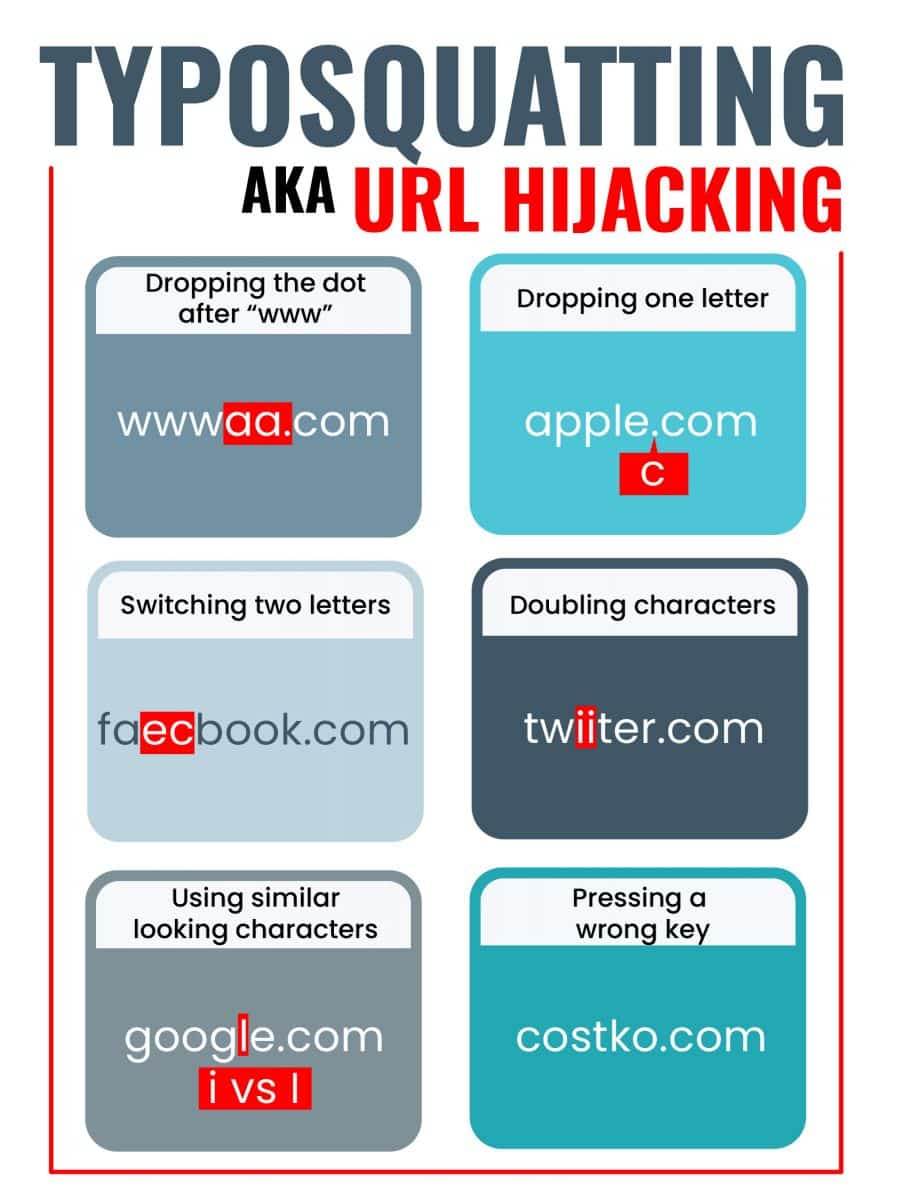Typosquatting, also known as URL hijacking, is an attack technique used by cybercriminals to capitalize on users’ confusion when typing a URL into a browser. Typosquatting usually involves registering domain names that look similar or are phonetically similar to a legitimate website’s domain name in order to draw traffic or capture sensitive data. For example, a criminal may register domains like “googgle.com” or “gooogle.com” if “google.com” is the legitimate website. When a user mistypes the intended URL, they are instead redirected to a malicious website.
Typosquatting is a form of phishing as it attempts to trick users into revealing sensitive data. Cybercriminals can take advantage of this technique by setting up malicious websites with malicious scripts, prompts or phishing/malware downloads. Other malicious activities associated with typosquatting include displaying ads, redirecting to other malicious sites, or even spoofing a brand to perpetrate fraud.
To protect against typosquatting attacks, organizations should use strict domain name strategies which include reserving common misspellings, registering international versions of the domain name, and investing in server load balancers and domain blockers. Additionally, companies should educate their users on signs of phishing attacks in order to prevent them from mistyping URLs.






